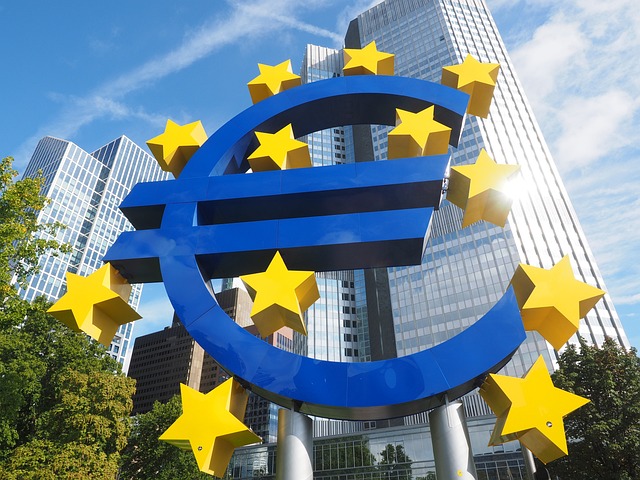Central Bank Functions (Reserve Bank or Federal Reserve) as a governmental organization that manages a country’s banking system, monetary policy, and currency supply. The central bank implements government policy to supervise and ensure the stability of commercial banks and other financial institutions. In most developed countries the central bank is an established institution that acts independently from the political process and government control.
Central Bank Functions
A country’s central bank has many economic and financial functions including:
- Setting the country’s official interest rate
- Controlling the money supply
- Printing currency notes and coins
- Controlling inflation or deflation
- Acting as the government’s bank
- Controlling the country’s foreign exchange rate
- Managing gold reserves
- Issuing government bonds
- Managing the payment & inter-banking clearing system.
- Advising the government on economic and financial policy.
- Economic research and statistics
Central Bank Operations
Maintain Inflation within Central Bank Parameters
Inflation is defined as the increase of prices relative to a currency or the devaluation of a currency with respect to other currencies. The goal of central banks is to maintain price stability within the economy. Price stability helps promote an economy that functions more efficiently.
Most central banks have a target range for inflation between 0.5% and 3%. Ideally, they would like to keep inflation as low as possible without risking pushing the economy into recession.
Maintain Currency Stability
Central banks create money by printing bank notes (and coins) and loaning them to the government in exchange for interest-bearing government bonds.
Central banks can increase the money supply by an amount greater than the borrowings of the national government, by purchasing private bonds or assets denominated in foreign currencies.
Establish Interest Rates to Control Economic Activity
Interest rates are like gravity to the economy. They are used to speed up or slow down the economy.
Setting higher interest rates makes borrowing funds more expensive leading to decreased spending, decreased company profits and lower levels of economic growth. High interest rates are used in times of rapid economic expansion to prevent the economy overheating or market bubbles forming.
Lower interest rates make borrowing funds less expensive leading to increased spending, increased company profits and higher levels of economic growth. Low interest rates can cause the stock market to increase in value as companies can finance their business operations more cheaply resulting in higher corporate profits and higher dividends to stockholders.
Promote Climate Change Policy
In January 2020, the European Central Bank announced it will consider climate considerations when reviewing its monetary policy framework.
Green monetary policy is new to all central banks and it is uncertain how this will work towards improving the climate of our world. China has shown great initiative by issuing preferential green bonds to help direct money towards lending for green development projects.
Maintain Reserve Asset Requirements
The reserve asset requirement refers to the proportion of liabilities (to customers) that banks must keep on hand overnight at the bank. Banks never hold enough cash to pay out all account balances. Most assets are mortgages, loans, and leases.
Raising the reserve requirement restricts banks in lending money on loans.
Lowering the reserve requirement has the opposite effect and is expansionary as it allows the bank to create credit.
However, central banks rarely change the reserve requirement in a stable economy.
Open Market Operations
Open market operations refer to a central bank function of buying and selling financial instruments in the open market. For example, the quantity of money in circulation can be controlled by buying and selling treasury bills.
If a central bank wants to decrease interest rates it purchases government debt which increases the amount of currency in circulation. This leads to commercial banks reducing lending rates and loaning more money. Businesses can expand operations, hire more staff, and meet consumer demand for goods and services.
Lower personal loan interest rates lead to increased consumer spending on discretionary goods.
These open market operations stimulate economic growth to improve the economy overall. These transactions can also be used to restrict economic activity.
Controlling Inflation
With the growing consensus that price stability should be the overriding long-run goal of monetary policy, many countries have taken active steps to reduce and control inflation.
One commonly used method to reduce inflation and keep it low is for a country to peg the value of its currency to that of a large, low-inflation country. In some cases, this strategy involves pegging the exchange rate at a fixed value to that of the other country so that its inflation rate will eventually match that of the other country.
Conclusion
Central Bank functions play a pivotal role in maintaining financial stability in any economy. Most central banks operate independently to the government and are not influenced by politics but operate to stabilize and control the money supply and economy. A central bank advises the government on economic and financial policy to achieve government objectives.


